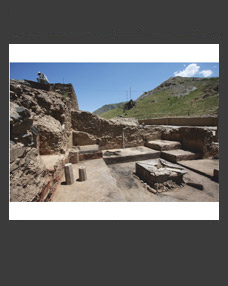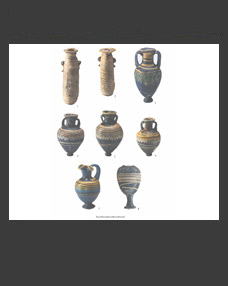Galina N. Volnaya
Northern-Ossetic State University named after K.L.Khetagurov, Vladikavkaz (volnaia@rambler.ru)
Keywords: chapes, the Central Caucasus, the Koban culture, the Scythian culture, animalistic style.
The article considers the origin of the bronze chapes in the shape of protome (a bird of prey) from the sites of the Central Caucasus of the 7th – the middle of the 6th centuries BC. There are two stylistic types. A ringed beak, sharpened slightly convex tongue and a little oval eye are typical for the first type (burial sites Faskau, Nizhny Chegem and Verkhny Aul). That is similar to early Scythian copycats of the image of an eagle headed gryphon of the early Greek type. The images of strongly curved beak from two slices, big oval eye and semi ringed tongue are typical for the second type (burial sites Faskau, Koban, Klivan and Dvan). The first type is more homogeneous and earlier than the second one. The idea of the protome of a bird of prey on chapes has found its continuation in Scythian sites of the middle of the 6th – the middle of the 5th centuries BC of the Northern Caucasus, Western Kuban region, Dnieper region, and in other cultures in Transylvania and Lower Volga region.







